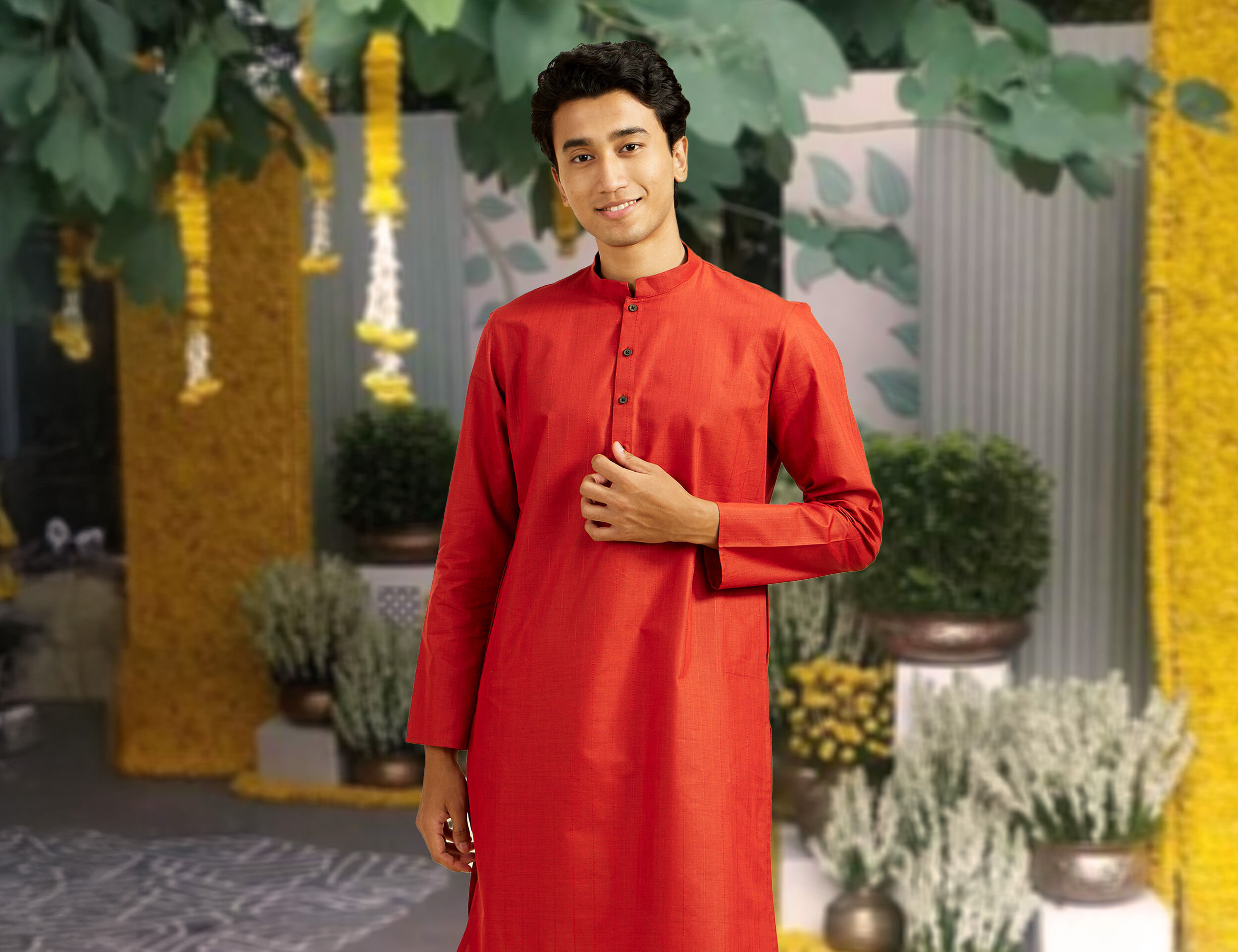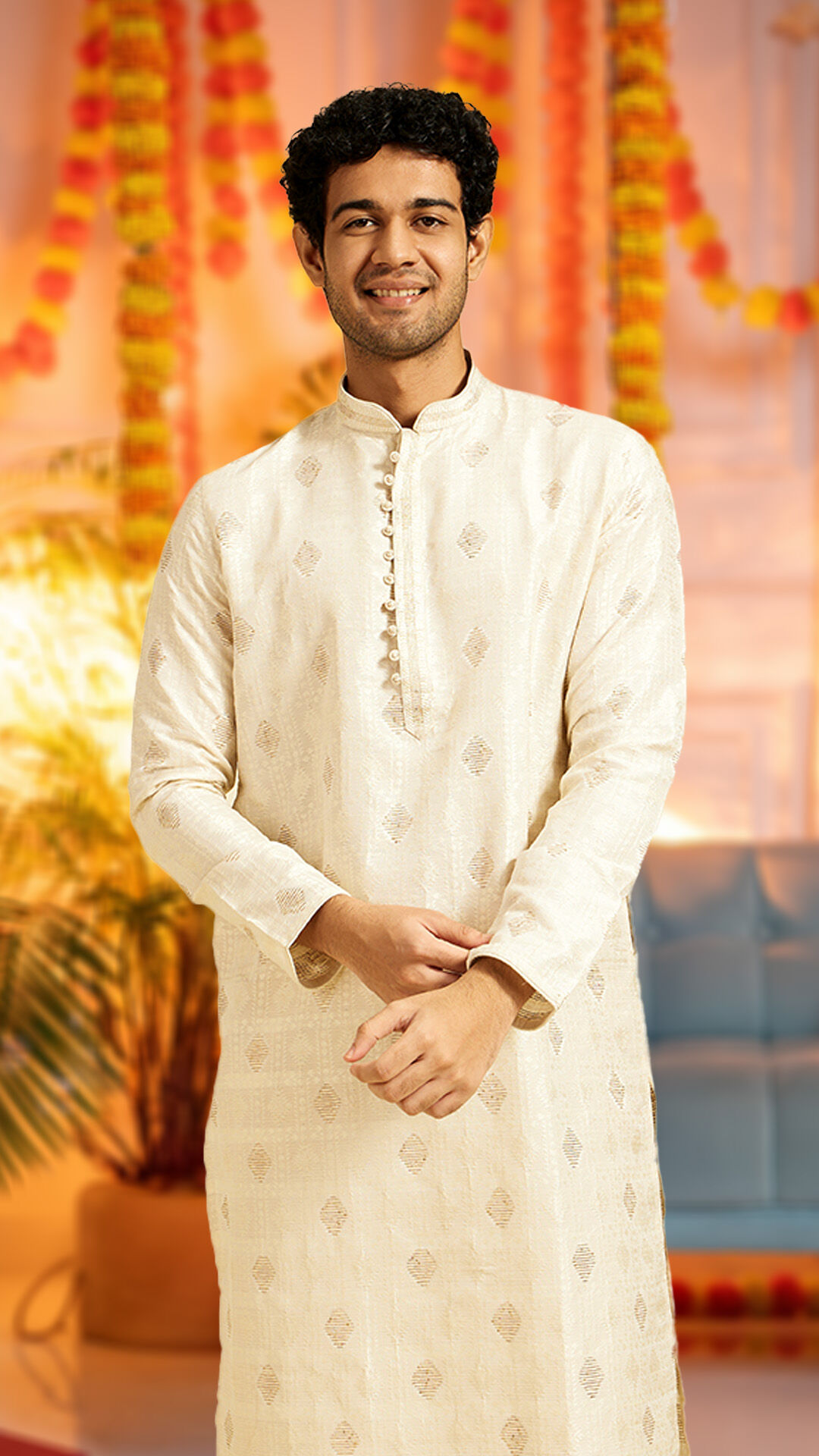STORIES BY DIWAS

Lifestyle
The Cultural Tapestry of Pongal: Decoding the Traditional Dress Code
Date 10 January 2025 Reading time: 7-10 mins
As the aroma of sweet pongal wafts through the air and colourful kolams adorn doorsteps, it's time to dive into the heart of Pongal celebrations—the traditional Pongal dress code. More than just a fashion statement, the attire worn during this harvest festival is a vibrant expression of South Indian heritage, steeped in centuries of tradition and symbolism.
Understanding the Pongal Festival
Pongal, the four-day harvest festival, is a time for gratitude, renewal, and festive fervour. Celebrated primarily in Tamil Nadu, this auspicious occasion marks the beginning of the Tamil month of Thai and the northward journey of the sun. From the ritual boiling of milk and rice in clay pots to the lively jallikattu events, Pongal is a celebration of abundance, prosperity, and cultural pride.
The Significance of the Pongal Dress Code
Amidst the myriad customs and rituals, the traditional Pongal dress code holds a special place. It's not merely about looking one's best; it's a way of honouring the rich cultural legacy and expressing a deep connection to one's roots. The attire worn during Pongal reflects the festival's agrarian origins, with a focus on simplicity, comfort, and regional identity.
The colours and patterns of Pongal dress code are also imbued with symbolic meaning. Shades of yellow, green, and red dominate the palette, representing the sun, new beginnings, and prosperity. Traditional motifs like peacocks, elephants, and lotus flowers are often woven into the fabrics, signifying good fortune, royalty, and purity.
Exploring the Traditional Pongal Dress Code
Now that we understand the significance behind the Pongal festival dress code, let's take a closer look at the traditional attire worn by men, women, and children during the festival.
Men's Pongal Dress
For men, the quintessential dress code for Pongal consists of a veshti (dhoti) and angavastram (shawl). The veshti, a long unstitched cloth draped around the waist, is a symbol of simplicity and humility. Paired with a plain or embroidered kurta and an angavastram draped over the shoulder, it creates an elegant and festive look.
In recent years, men have also embraced the comfort and style of kurta-pyjama sets, available in a range of colours and designs. For a more contemporary twist, printed kurtas and embroidered kurtas paired with chikankari or solid churidars have become popular choices for festive occasions.
Women's Pongal Dress
Women's Pongal dress code is a glorious showcase of South India's textile heritage. The saree, draped in the traditional Madisar style, is a timeless favourite. Silk sarees in vibrant hues, adorned with intricate zari work or temple borders, are cherished heirlooms passed down through generations.
The half-saree, or pavadai dhavani, consisting of a pavadai (long skirt), dhavani (dupatta), and blouse, is another graceful option for festive occasions. Young women often opt for salwar-kameez or lehenga-choli sets in bright, cheerful colours, accessorised with traditional gold jewellery.
Children's Pongal Dress
For little ones, Pongal is a time to dress up in miniature versions of traditional attire. Girls look adorable in pavadai-chattai sets or lehenga skirts with matching blouses. Boys can sport kurta-pyjama sets or dhoti-kurta combos in festive hues like yellow, green, and red.Dressing up children in dress code for Pongal is not just about looking cute; it's a way of passing on cultural values and instilling a sense of pride in one's heritage from a young age.
The Symbolism Behind the Pongal Festival Dress Code
Every element of the Pongal dress is steeped in symbolism. The colours, motifs, and styles are all chosen for their auspicious meanings:
- Yellow represents turmeric, a spice associated with purity, healing, and new beginnings.
- Green symbolises fresh harvest, abundance, and fertility.
- Red denotes joy, celebration, and the sun's warmth.
- Peacock motifs signify beauty, grace, and good fortune.
- Elephant designs represent strength, wisdom, and royalty.
- Lotus patterns symbolise spiritual purity and enlightenment.
By adorning oneself in these symbolic elements, one invokes blessings and positive energy for the year ahead.
How to Dress for Pongal: Tips and Suggestions
If you're wondering how to put together the perfect dress code for Pongal, here are some tips and suggestions:
- Choose comfortable, breathable fabrics like cotton, silk-cotton, or pure silk for all-day wear.
- Opt for traditional colours like yellow, green, red, white, and gold for an authentic festive look.
- For a modern twist, pair a traditional silk kurta with slim-fit churidars
- Don't shy away from bright pops of colour or bold prints—Pongal is all about celebrating life's vibrancy!
- Complete your look with kumkum, or vibhuti (sacred ash) on your forehead.
- Most importantly, wear your traditional attire with pride and a smile!
Dressing Up For Pongal
As you step out in your traditional finery this Pongal, remember that you're not just dressing up; you're carrying forward a rich cultural legacy. The Pongal dress code is a celebration of our shared heritage, a tribute to the land's bounty, and a symbol of our hopes for a prosperous future.
So, go ahead and embrace the festive spirit with Diwas's stunning collection of contemporary Indian wear. From elegant kurtas to trendy dhotis, there's something for every style and occasion. Let your Pongal festival dress code be a reflection of your cultural pride and personal flair.



